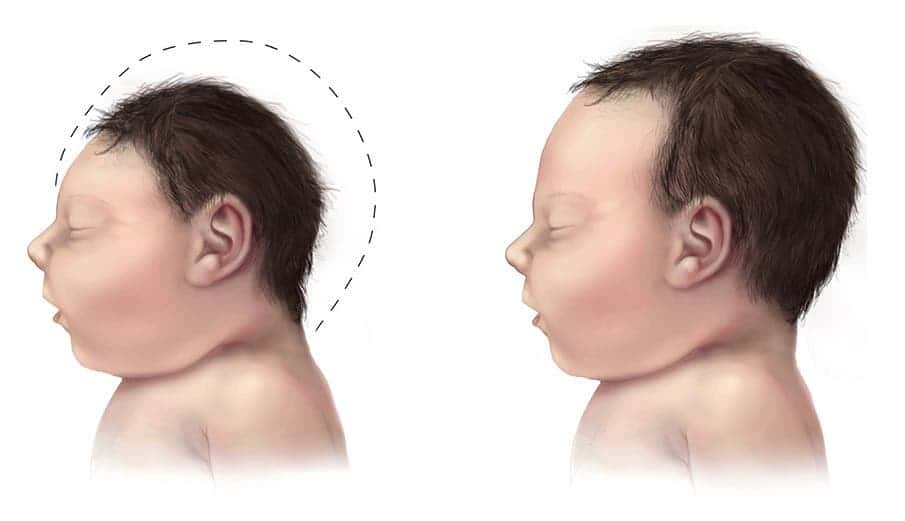According to a report issued by the Centers for Disease Control and Prevention, one in 10 pregnant women from continental United States who had been infected with Zika had babies with birth defects. The report, which is the most comprehensive analysis of Zika-infected American pregnancies, answers many worrisome questions the public posed during the height of the crisis but leaves many issues open.

Zika is spread mostly by the bite of an infected Aedes species mosquito (Ae. aegypti and Ae. albopictus). There is no vaccine for Zika virus disease yet, which causes symptoms like mild fever, skin rash, conjunctivitis, muscle and joint pain, malaise, or headache. The symptoms subside after 3-7 days but the biggest threat Zika possess is to pregnant women. It’s well established now that pregnant women infected with Zika risk giving birth to babies with microcephaly, a condition that causes babies to be born with abnormally small heads and brains, and Guillain-Barré syndrome.
“Zika virus can be scary and potentially devastating to families. Zika continues to be a threat to pregnant women across the U.S.,” said CDC Acting Director Anne Schuchat, M.D. “With warm weather and a new mosquito season approaching, prevention is crucial to protect the health of mothers and babies. Healthcare providers can play a key role in prevention efforts.”
The CDC report confirms previous studies which found women infected in the first trimester of their pregnancy are the most vulnerable. Some 15% of American women known to be infected with Zika during their first trimester had babies with birth defects. Overall, 10% of infected pregnant American women gave birth to babies with brain damage or other birth defects, so getting infected later in pregnancy can also be risky.
In total, the report covered 1,297 pregnancies which were tracked from Jan. 15 through Dec. 27, 2017. Of these pregnancies, 972 were confirmed to be Zika infected by lab evidence, which resulted in 895 live births and 77 losses (abortions, miscarriages, stillbirths). Every 50 state and Washington, D.C, had at least once case of Zika-infected pregnancy.
Overall, 51 babies were born with birth defects. For the 250 cases or so where the presence of the Zika virus was confirmed, 24 pregnancies or 10 percent resulted in birth defects, most of which involved microcephaly. In eight cases, the damage included other brain malformations and dysfunctions in the central nervous system.
The report comes with a couple of caveats. Only 25 percent of the babies included in the study had their brains scanned, despite the CDC’s recommendation that all babies born to women with potential Zika infections should have their brains scanned. This limitation means we’re likely underestimating the birth defects that follow Zika in pregnancy. For instance, some babies that look fine at birth, i.e. with a normally sized head, might later be diagnosed with some congenital Zika syndrome.
“CDC recommends that pregnant women avoid travel to areas with risk of Zika and unprotected sex with a partner who has traveled to an area with Zika to prevent Zika-related birth defects in their babies,” said Peggy Honein, Ph.D., the Zika Response’s Pregnancy and Birth Defects Task Force co-lead. “CDC continues to work closely with health departments on the U.S. Zika Pregnancy Registry to follow up infants with possible congenital Zika virus infection and better understand the full range of disabilities that can result from this infection.”
[panel style=”panel-danger” title=”Key findings from the CDC’s report” footer=””]
- Forty-four states reported pregnant women with evidence of Zika in 2016.
- Most of these women acquired Zika virus infection during travel to an area with Zika.
- Nearly 1,300 pregnant women with evidence of possible Zika infection were reported to the U.S. Zika Pregnancy Registry.
- Of the 1,000 pregnancies that were completed by the end of the year, more than 50 had Zika-related birth defects.
- Among pregnant women with confirmed Zika infection, about 1 in 10 had a fetus or baby with birth defects.
- Confirmed infections in the first trimester posed the highest risk – with about 15% having Zika-related birth defects.
- About 1 in 3 babies with possible congenital Zika infection had no report of Zika testing at birth.
- Only 1 in 4 babies with possible congenital Zika infection were reported to have received brain imaging after birth.
[/panel]


